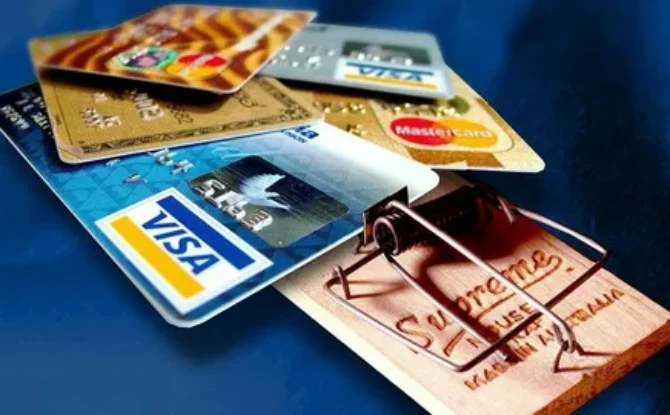
Balance Transfer in Mumbai at Lowest Rate of Interest
Introduction
In today’s financial landscape, managing credit card debt efficiently is paramount. One effective solution is a balance transfer, a process where you move your existing credit card debt to a new card with balance transfer in Mumbai at lowest rate of interest.
Importance of Balance Transfer in Mumbai at lowest rate of interest
Balance transfer in Mumbai offer numerous benefits, including the opportunity to save money on interest payments, consolidate debt into a single payment, and pay off debt faster.
Understanding Interest Rates
Interest rates play a crucial role in balance transfer. Lower rates mean reduced costs over time, making it easier to pay off debt. It’s essential to understand how interest rates work and their impact on your financial situation.
Factors to Consider Before Choosing a Balance Transfer
Interest Rates
The primary consideration when choosing a balance transfer is the interest rate offered by the new card. Look for cards with the lowest rates to maximize savings.
Transfer Fees
Some cards may charge transfer fees, which can affect the overall cost savings of the transfer. Compare fees across different options to find the most cost-effective solution.
Introductory Period
Many balance transfer offers come with an introductory period of low or 0% interest. Consider the length of this period and how it aligns with your repayment timeline.
Eligibility Criteria
Each credit card issuer has specific eligibility criteria for balance transfer in Mumbai at lowest rate of interest. Ensure you meet these requirements before applying to avoid unnecessary rejections.
Comparison of Top 10 Balance Transfer Options
Compare the interest rates, transfer fees, introductory periods, and additional benefits of the top 10 balance transfer options to find the best fit for your financial needs.
How to Apply for a Balance Transfer in Mumbai at lowest rate of interest
Research:
Start by researching credit card issuers and their balance transfer offers. Look for cards with promotional periods featuring low or 0% interest rates.
Compare Offers:
Compare the interest rates, transfer fees, and introductory periods of different balance transfer options. Choose the one with the lowest overall cost.
Check Eligibility:
Review the eligibility criteria for each balance transfer offer. Ensure you meet the issuer’s requirements before applying to increase your chances of approval.
Gather Information:
Collect all necessary information and documentation required for the application process. This may include details about your existing credit card debt and personal financial information.
Apply Online or In-Person:
Complete the balance transfer application either online through the issuer’s website or in-person at a branch location, depending on the issuer’s preferences.
Provide Details:
Fill out the application form accurately and provide all requested details, including the amount you wish to transfer and the account information for the existing credit card.
Submit Application:
Submit the completed application along with any required documentation. Double-check all information for accuracy before finalizing the submission.
Wait for Approval:
Wait for the credit card issuer to review and process your application. Approval timelines may vary, but you can typically expect a response within a few days to a few weeks.
Review Terms:
Once approved, carefully review the terms and conditions of the balance transfer offer, including the interest rate, introductory period, and any associated fees.
Initiate Transfer:
Contact your existing credit card issuer to initiate the balance transfer to the new card. Provide them with the necessary details and instructions to complete the transfer.
Monitor Progress:
Keep track of the balance transfer process and ensure that the transferred amount reflects accurately on your new credit card account.
Start Repayment:
Begin making timely payments on the new credit card to take advantage of the low-interest rate offer. Consider setting up automatic payments to avoid missing due dates.
Tips for Maximizing the Benefits
Discover tips and strategies for maximizing the benefits of a balance transfer, including making timely payments, avoiding new debt, and monitoring your credit score.
Risks Associated with Balance Transfer in Mumbai at lowest rate of interest
Conclusion
In conclusion, balance transfers offer a valuable opportunity for individuals in Mumbai to manage their credit card debt more effectively. By understanding the factors involved and comparing options carefully, you can take advantage of the lowest rate of interest and achieve financial freedom sooner.

